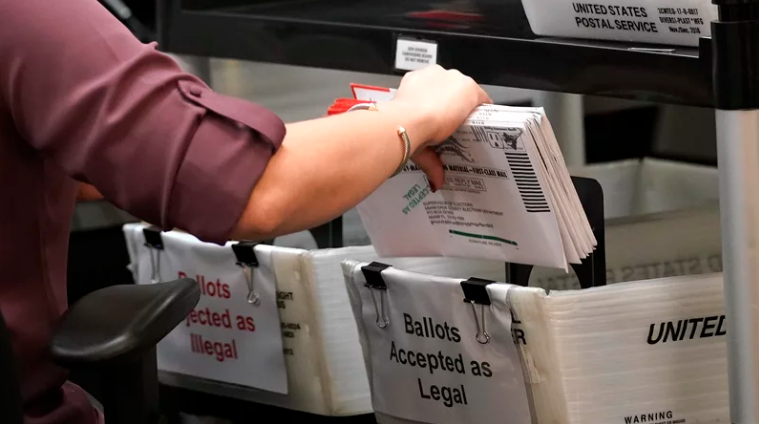“This brief studies trends in mail ballot rejection rates in 2020 compared to previous years and how different factors, including sets of policies and policy changes, the political environment, and voter outreach, may have contributed to these changes in an extraordinary election year. Our main findings include:
- Mail ballot rejection rates decreased in most states in 2020 compared to 2018, and a number of states saw a consistent drop from 2016 to 2018 to 2020.
- Certain states that adapted their voting laws to make mail voting more accessible in 2020, particularly in the South, saw especially pronounced changes in rejection rates.
- In North Carolina, rejection rates vary from county to county. Previous studies of other states’ rejection rates found similar trends.
- States that implemented mail ballot policies, including ballot curing, increased ease of access when returning mail ballots at boards of elections, early voting sites, drop boxes, and ballot tracking, saw lower rejection rates than those that didn’t, though we caution against assuming a causal relationship.
- Previous academic and advocacy research suggests that voters of color, young voters, and first-time voters are disproportionately more likely to have their mail ballots rejected.”






